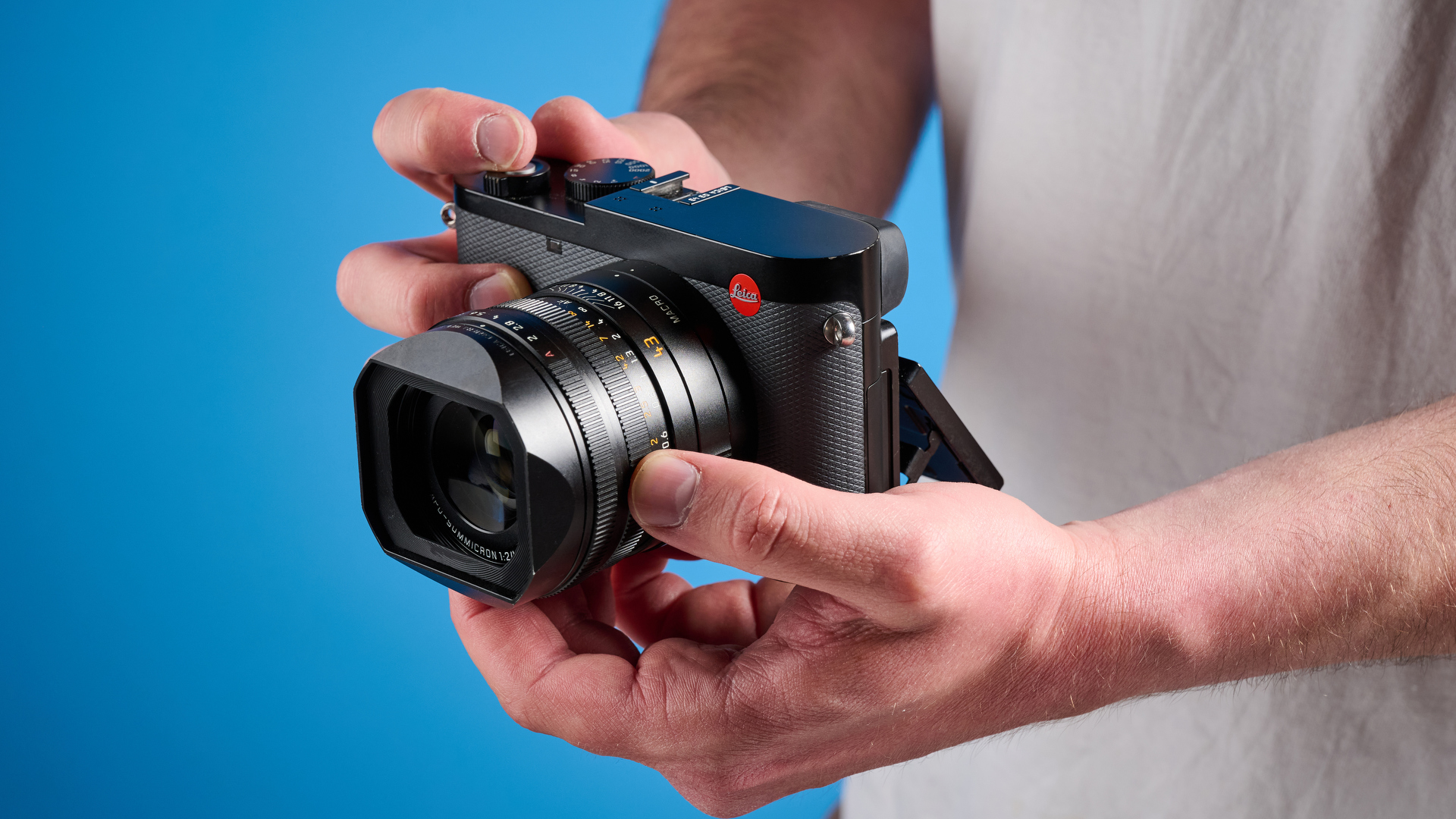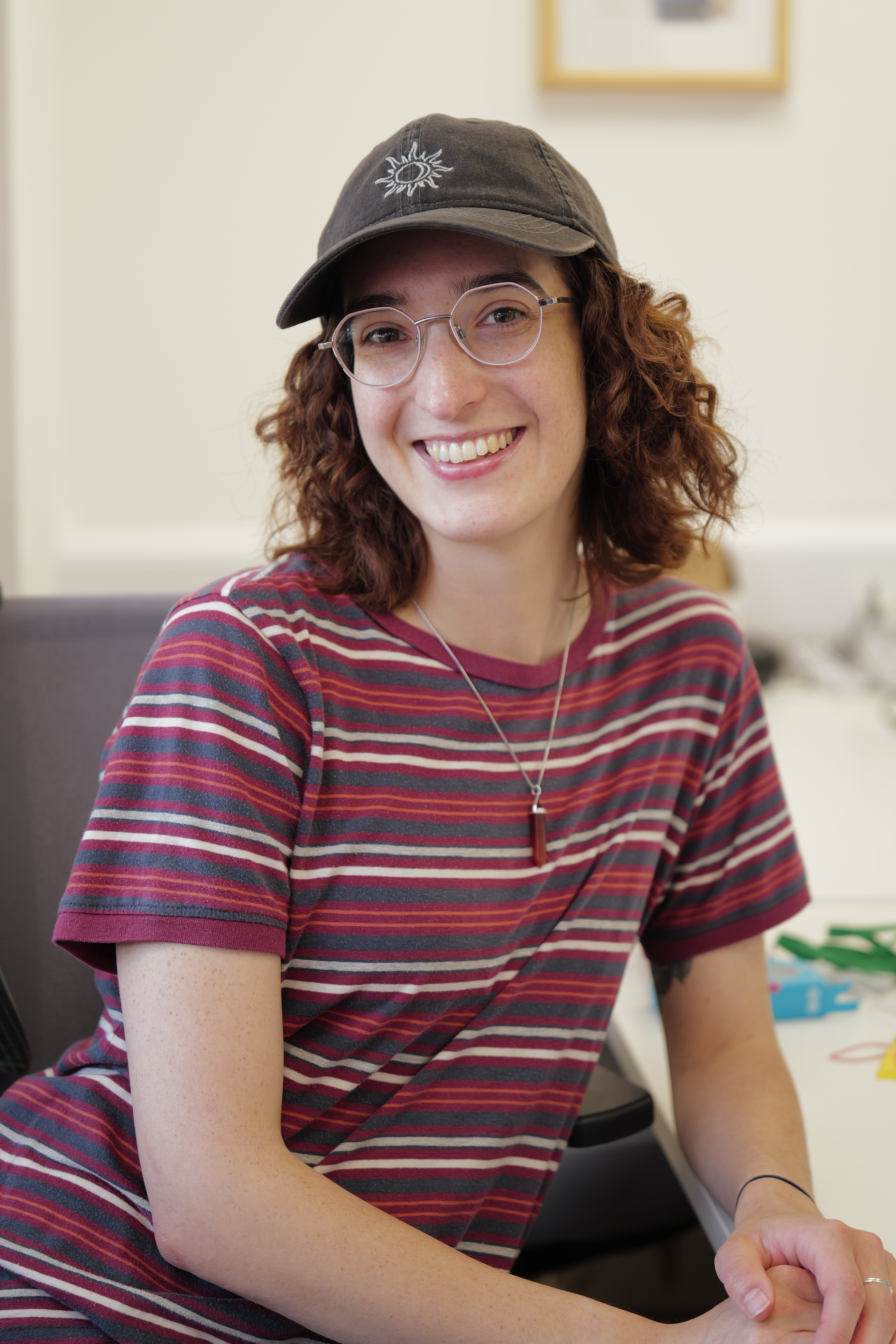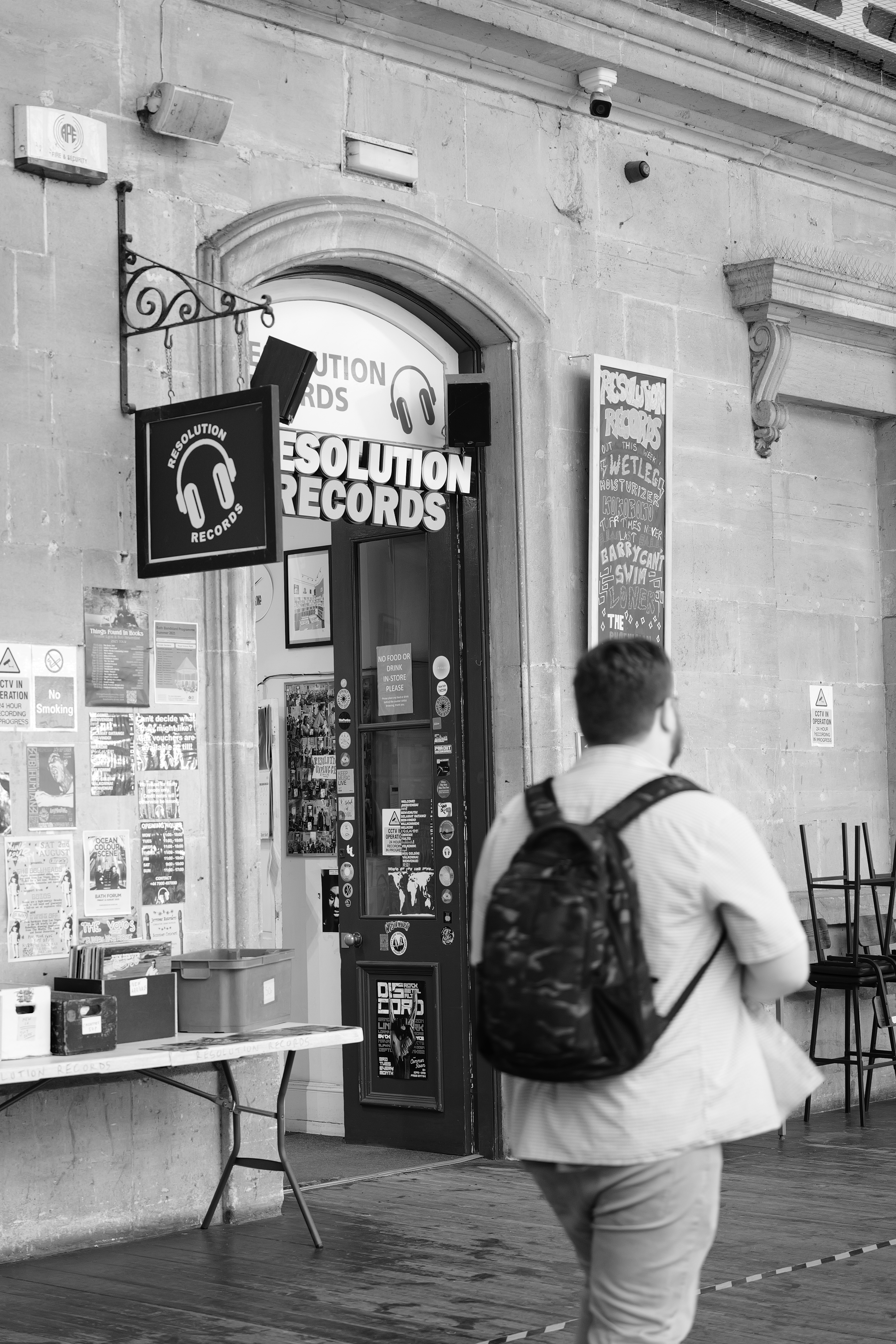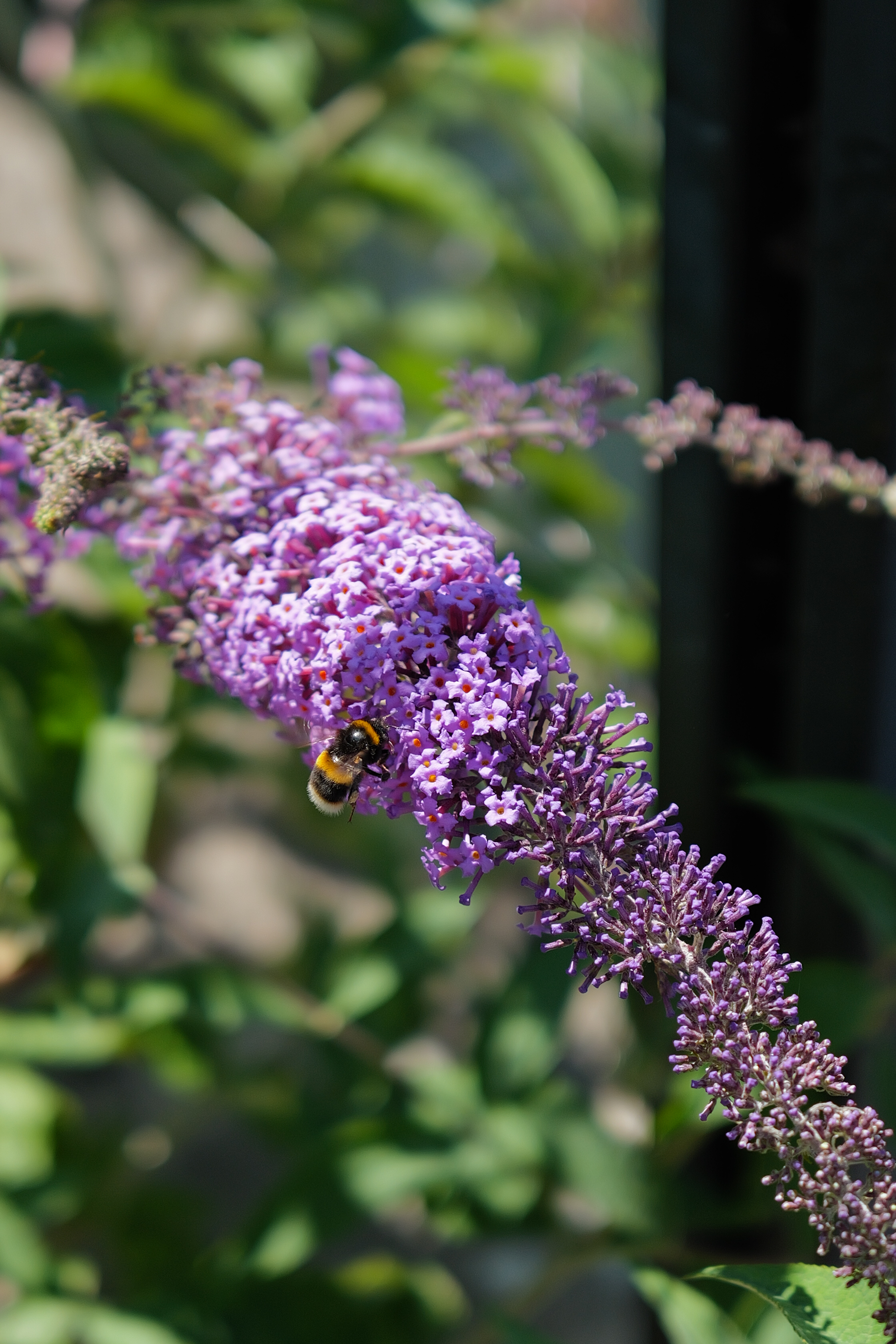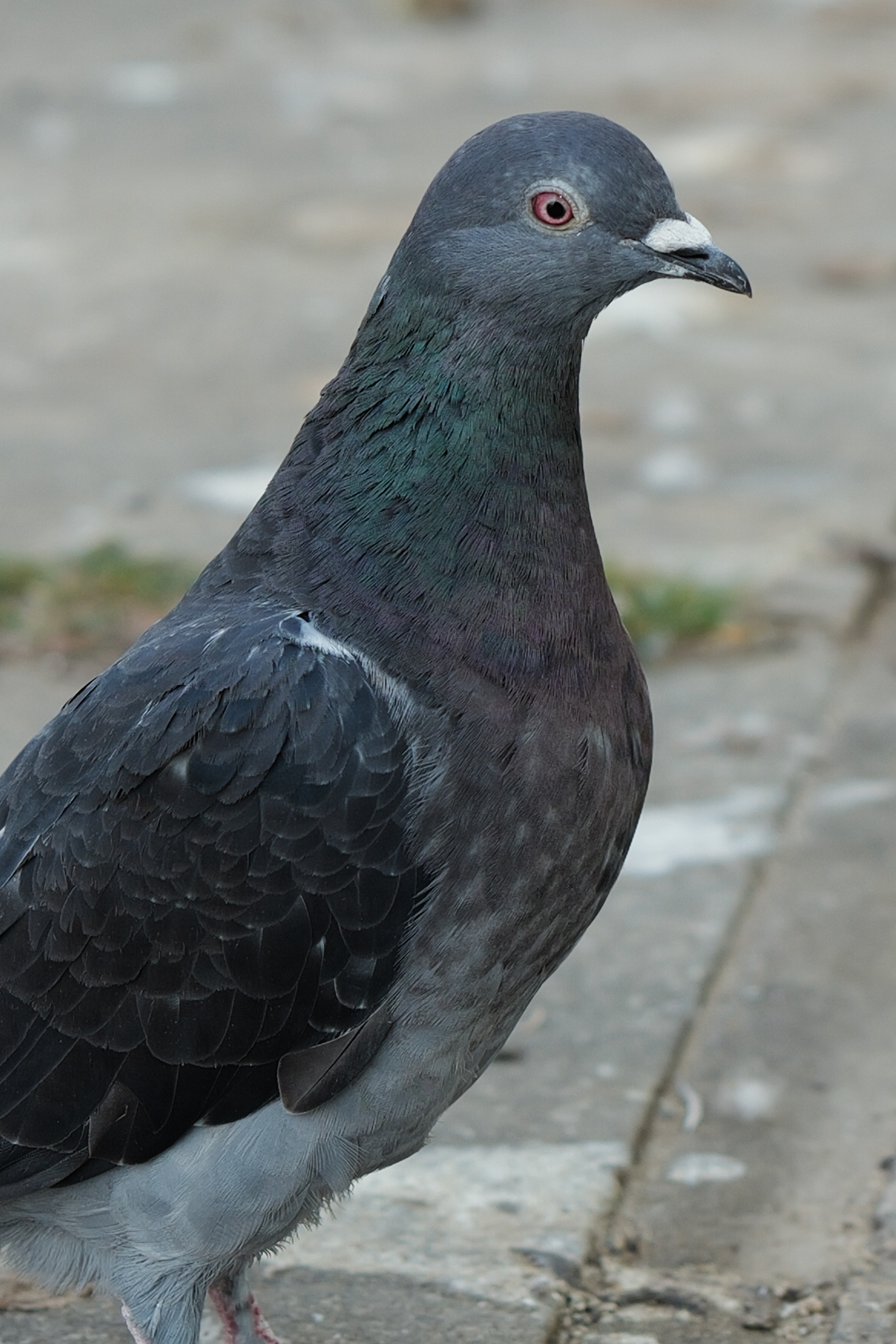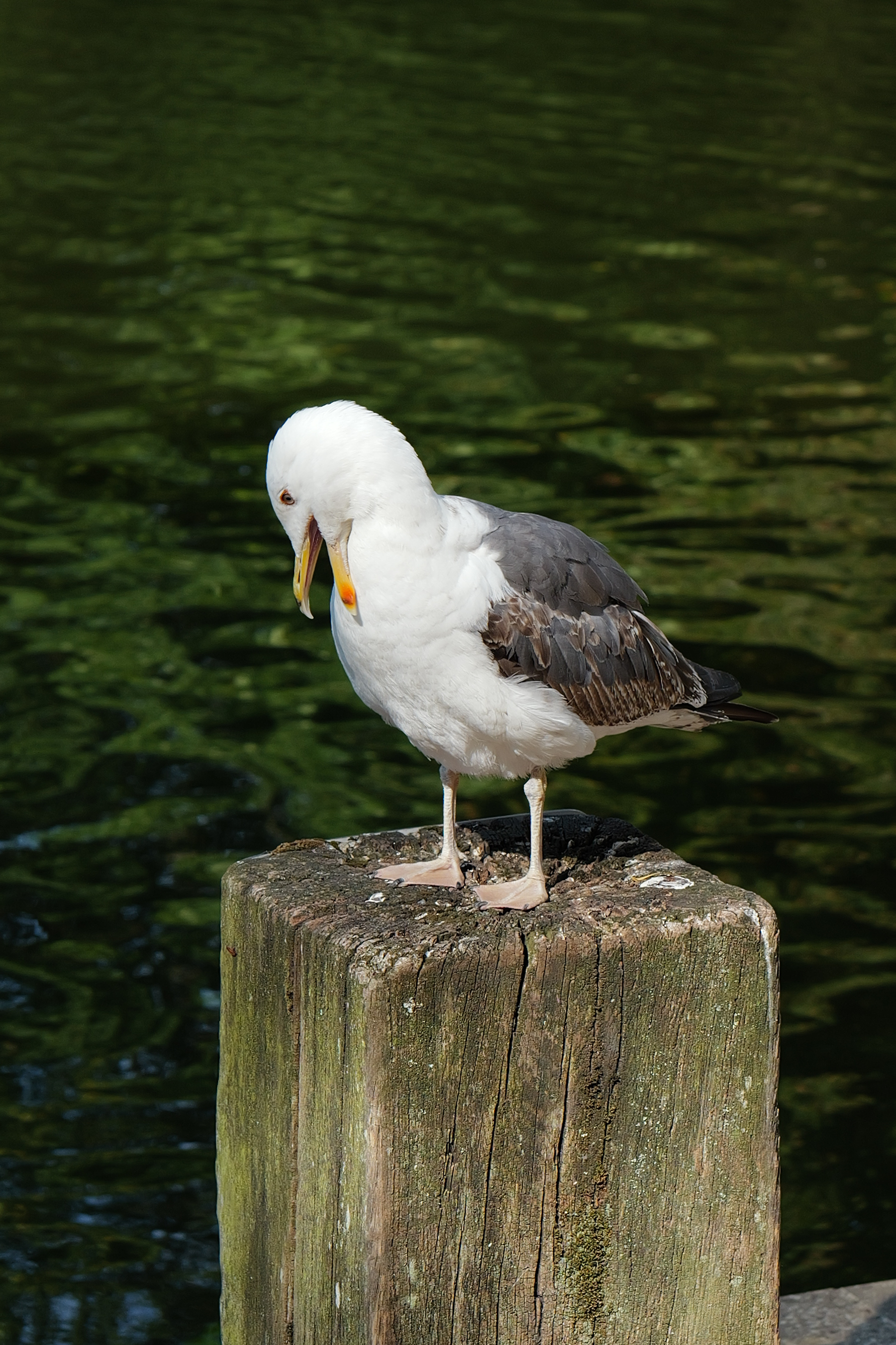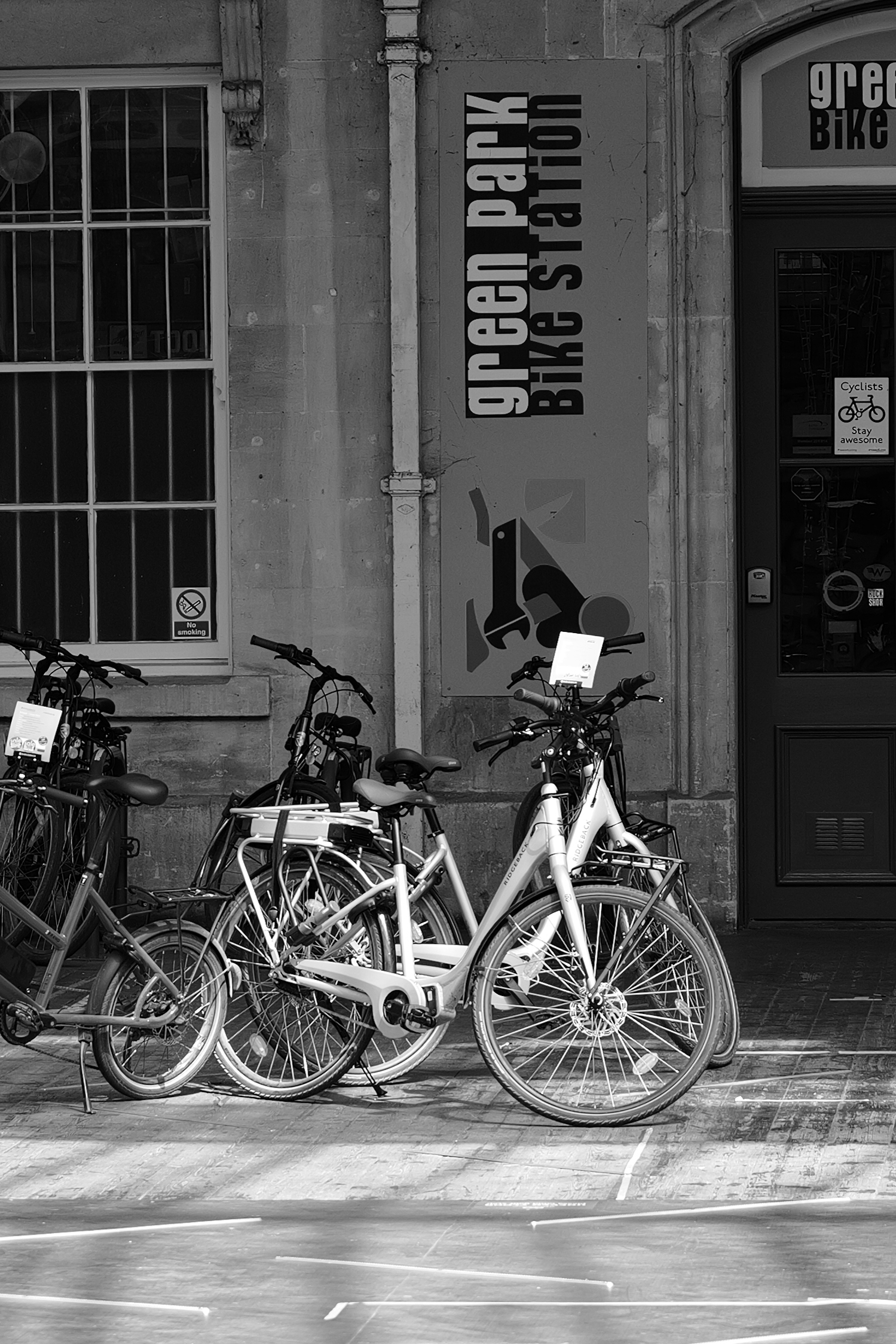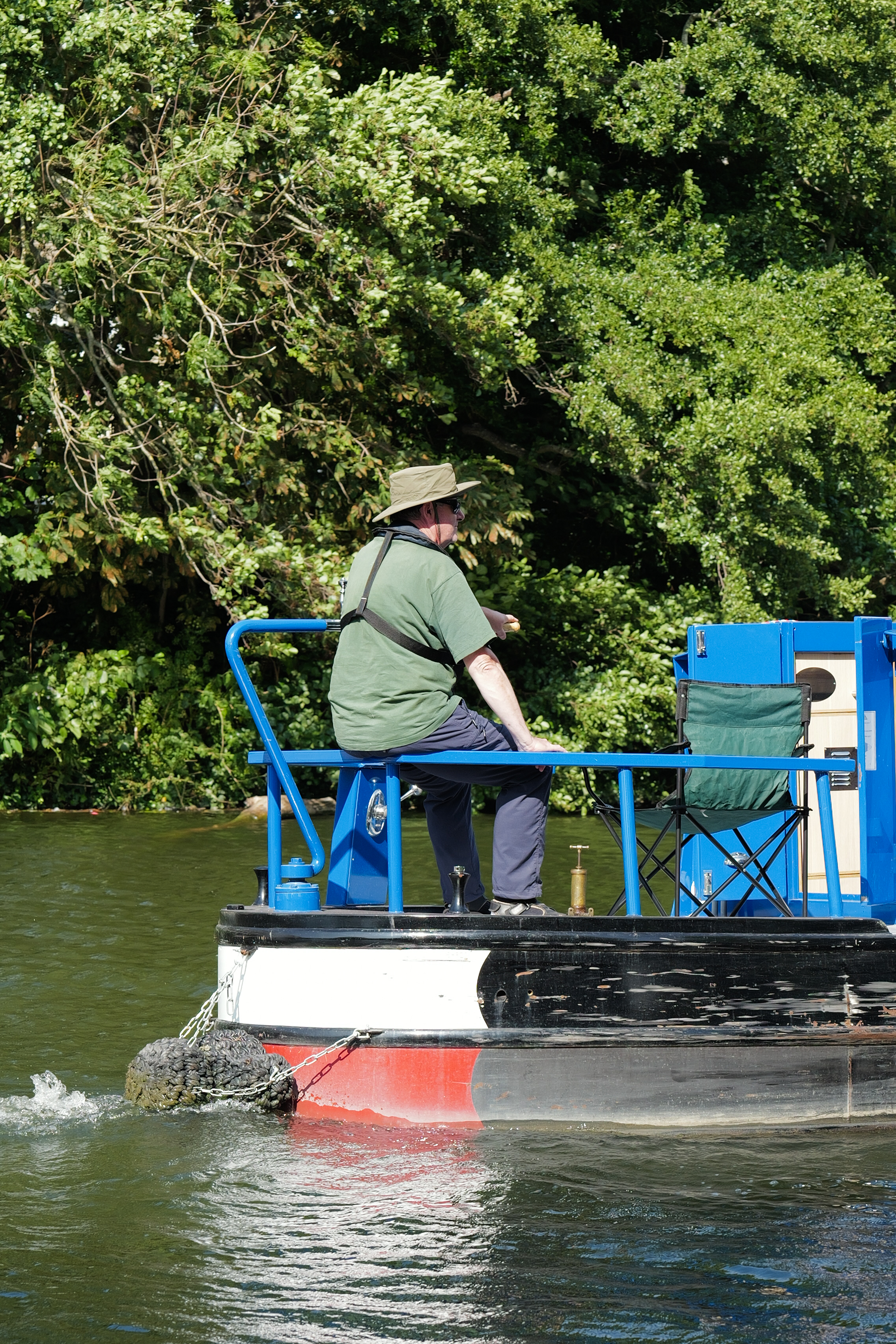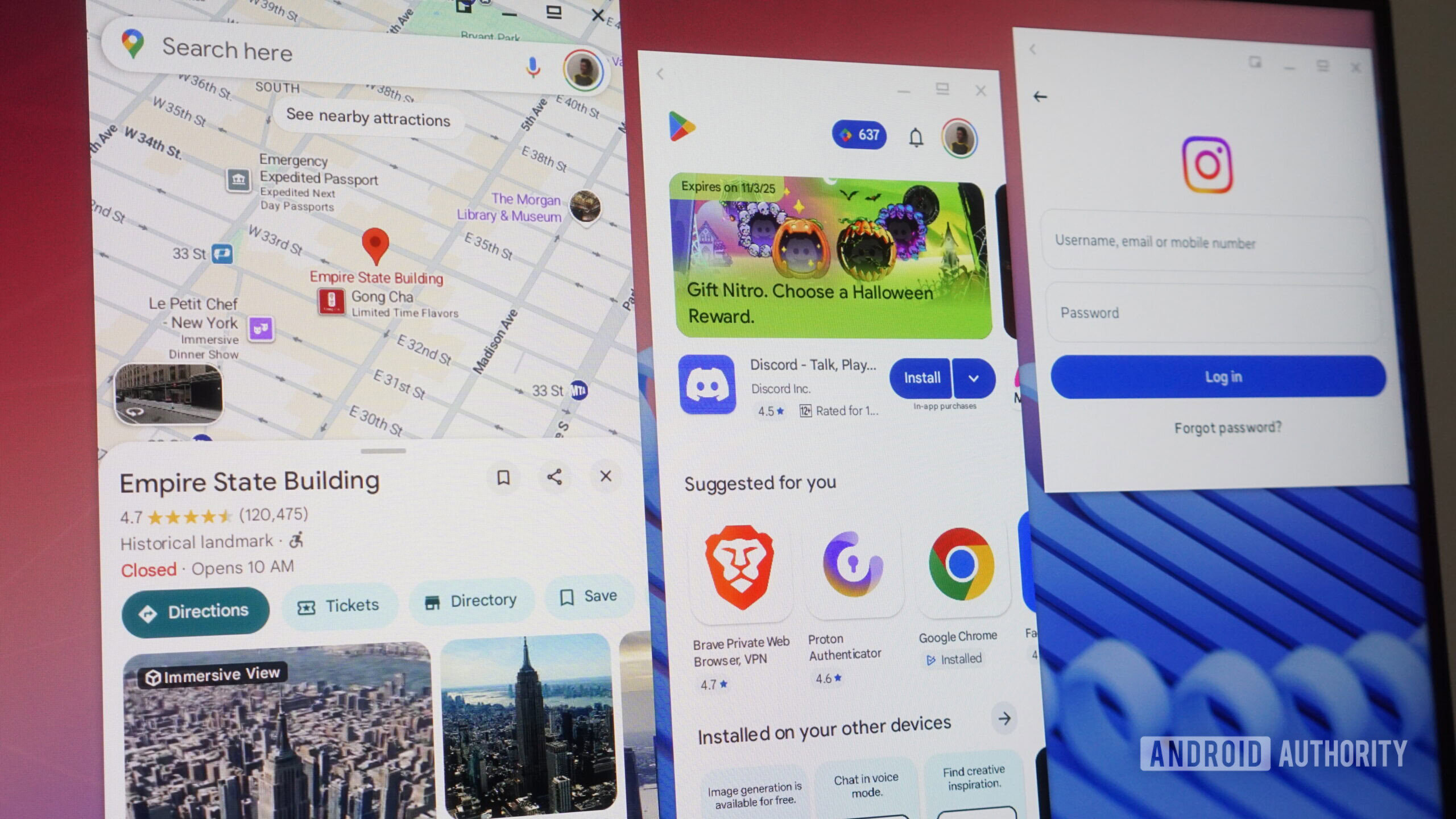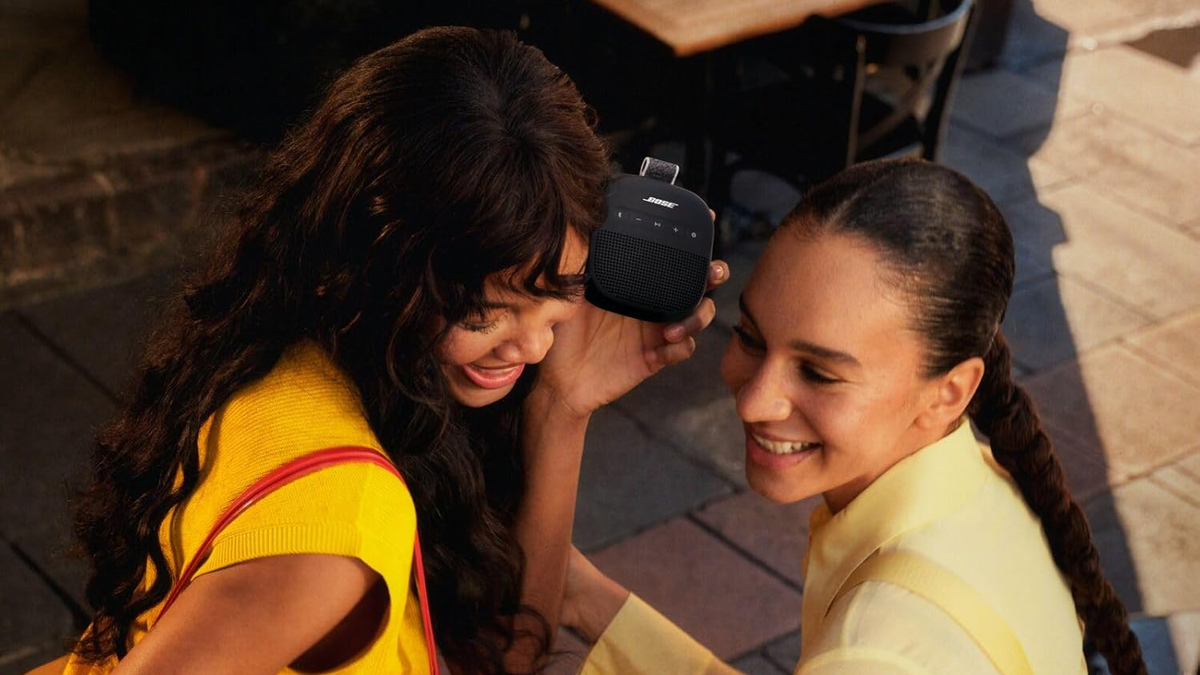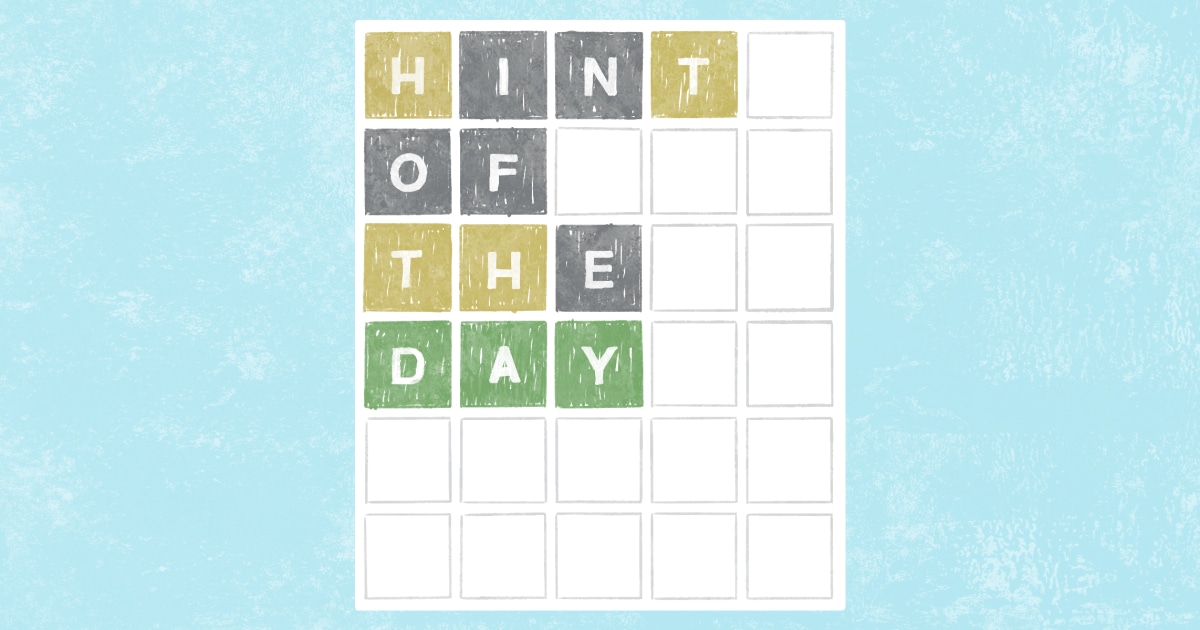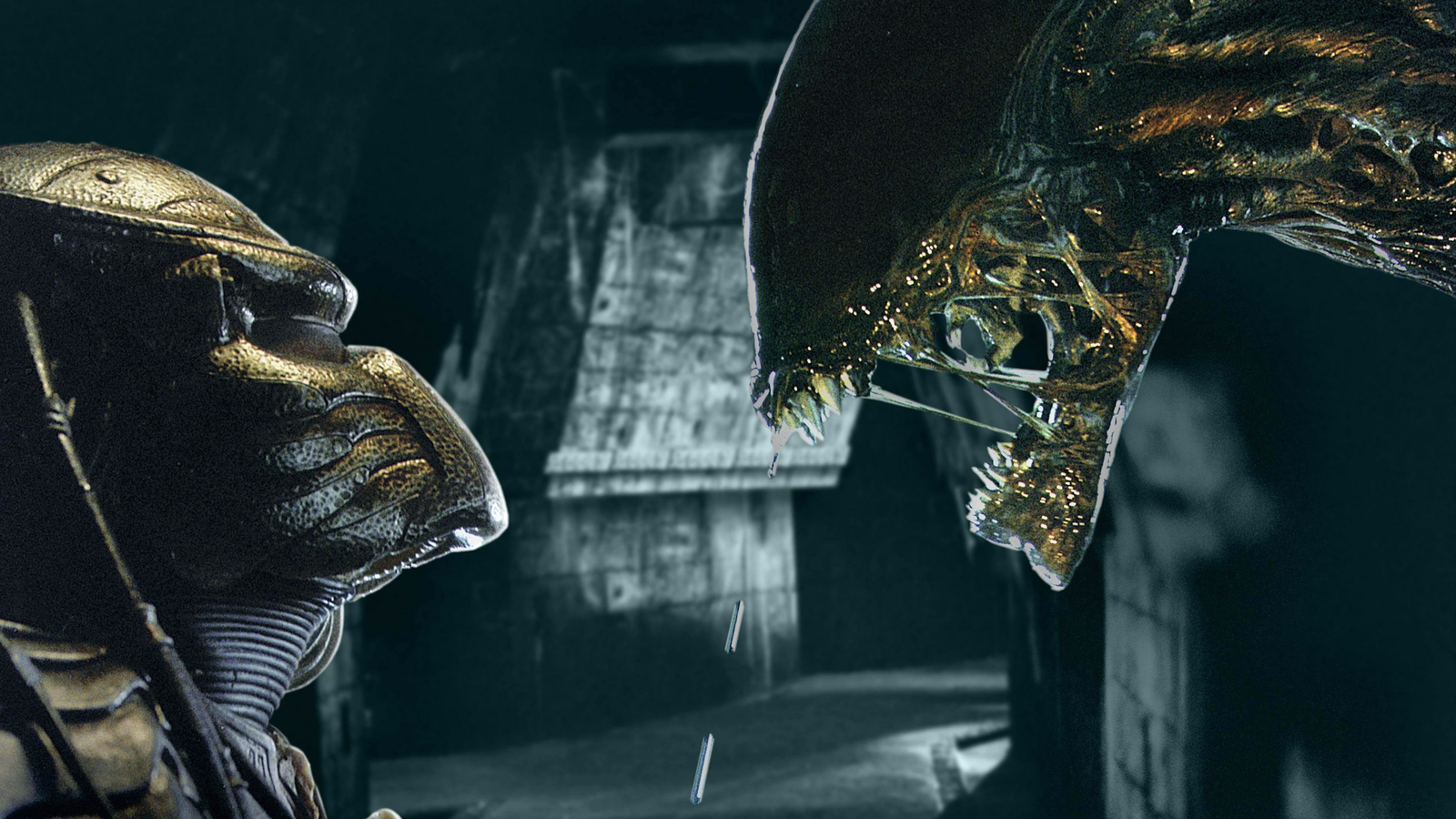I test some of the best mirrorless cameras here at Tom’s Guide. I’ve tested ones from Sony, Canon, Fujifilm, Nikon, you name it. And I own a Nikon and Fuji for personal use too. And when you think real hard about cameras, there’s one name that always comes up, and that’s Leica — premium, classic, sharp, and usually out of most people’s budgets.
But as is the nature of my job, I’m very lucky that I get to test Leica cameras too. I recently reviewed the Leica M11-D rangefinder and the Leica Q3 43 compact camera. Both of them got glowing recommendations for me, and when I had to return the loan units, I had tears in my eyes (slight exaggeration but you get the sentiment).
Leica cameras are the pinnacle of sharpness and image quality, as my in-depth testing has proven. And I, for one, wish I could get one for myself. But there is a very big hurdle here: four figures that usually come after or before a currency symbol.
So what makes the Q3 43 worth the premium? Let me show you.
Sharper than a knife
If you were active back in the good ol’ days of Tumblr, remember how everyone used to say things like, “That’s sharper than Benedict Cumberbatch’s cheekbones”? (Or Tom Hiddleston’s or Cate Blanchett’s, fill in the blanks with your celebrity of choice.) That’s how I’d describe the Leica Q3 43’s image quality — it’s sharper than all the knives in my kitchen.
The Q3 43 has a 60.3MP sensor and utilizes Leica’s latest Maestro IV processor to make images feel almost ethereal yet lifelike. Color reproduction is absolutely fantastic with a great balance between shadows and highlights. Plenty and plenty of detail is packed in these images, even when you zoom in.
Just take a look at the photo of the swan in the gallery above. Feathers? Sharp. Water droplets? Crystal clear. You could use these images straight out of the camera without having to do any post-processing.
That’s the beauty of the Q3 43. It is a ridiculously good camera that gives you barely anything to complain about.
Looks that could kill
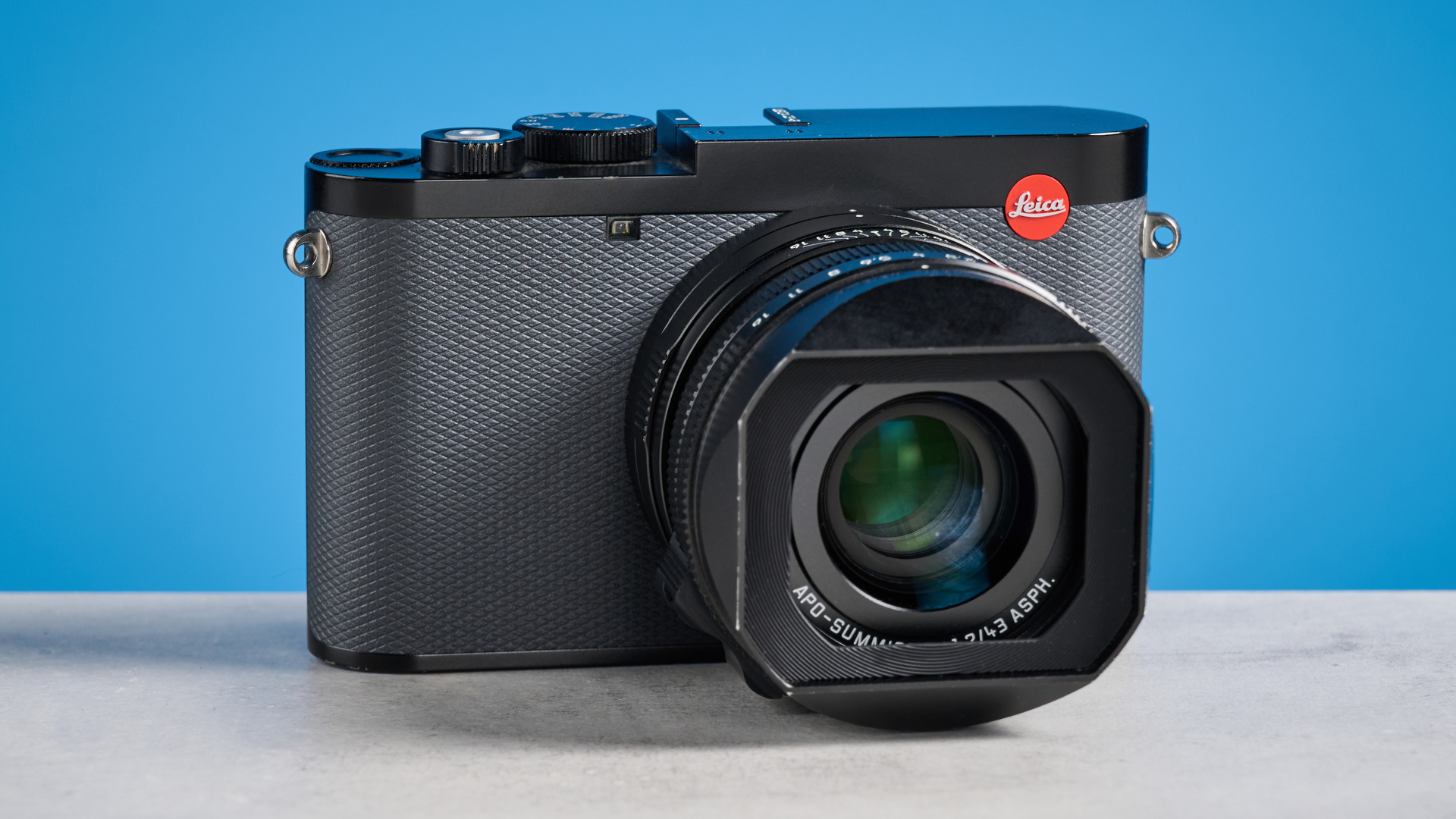
The Leica Q3 43 won me over as soon as I took it out of the box, to be honest. Its ability to capture gorgeous photos and video were the cherries on top of an already delicious cake. There aren’t many cameras I test that make me go, “That’s a beautiful camera,” but the Q3 43 did.
It made me actually gasp when I unboxed it. It looks like a million bucks, sporting a compact yet premium look, its front wrapped in a leather-like material. It’s as comfortable to hold as it is a treat for the eyes to look at.
If you think the Q3 43 is good for stills only, think again. This camera can shoot 4K/60fps and 8K/30fps video, making it great for casual video — I say “casual” because it doesn’t have a 3.5mm headphones/mic input/output port, limiting its use out in the field for videography.
How much moolah is too much?
“So, Nikita, should I buy the Leica Q3 43?” I hear you ask, and I say yes, you should.
But if you aren’t familiar with the vast world of cameras and have heard whispers about Leicas being great, I have some news for you. These cameras do not come cheap. The Q3 43 retails for $7,380 / £5,900 — but at least it’s a fixed-lens camera so you won’t need to spend extra on glass over the years.
If money is a concern, I completely get it. If you can afford it, though, I don’t see any reason why you shouldn’t buy the Q3 43. I wouldn’t let the price tag put me off because this camera is so ridiculously easy to use with a straightforward control scheme.
If it’s pure power and image clarity you’re after, I can’t think of a better camera to recommend. I’m transferring some extra money to my savings account every month now so that I can eventually, one day, get the Q3 43 for myself. That red dot sure costs a lot but to me, it feels like it’s worth every cent.

